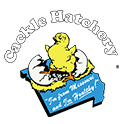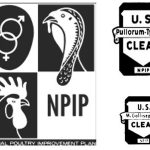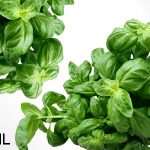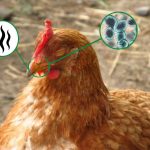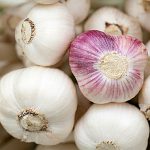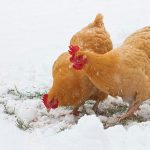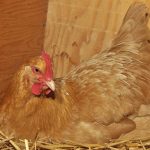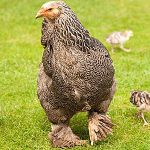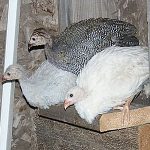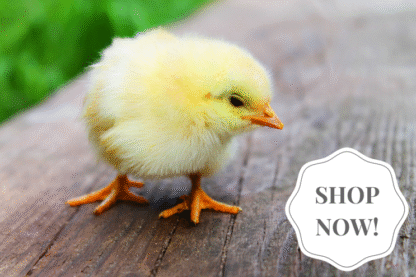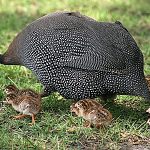
Guinea fowl are fiercely protective parents. Unfortunately they don’t seem to grasp the concept that their little ones can’t move as fast as the big guys. As a result, the keets easily get lost. Further, during their first two weeks of life baby guineas, or keets, chill easily. Trapsing through dew-wet grass while trying to […]
Continue Reading